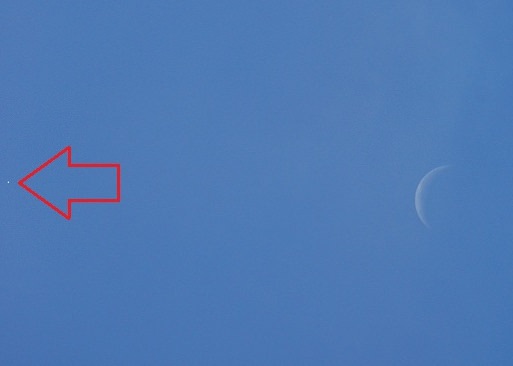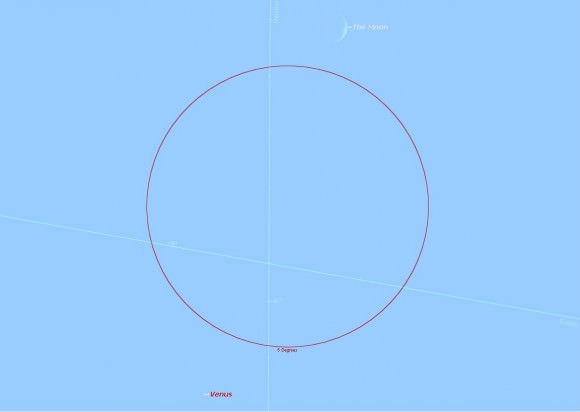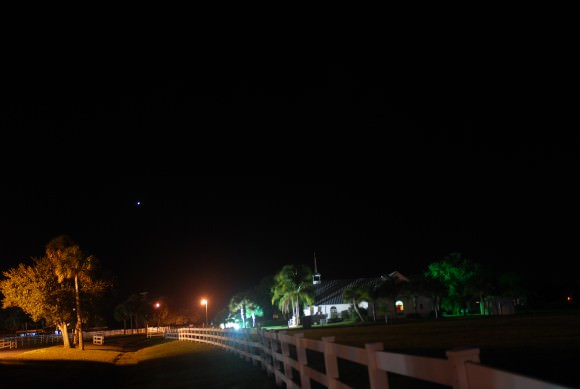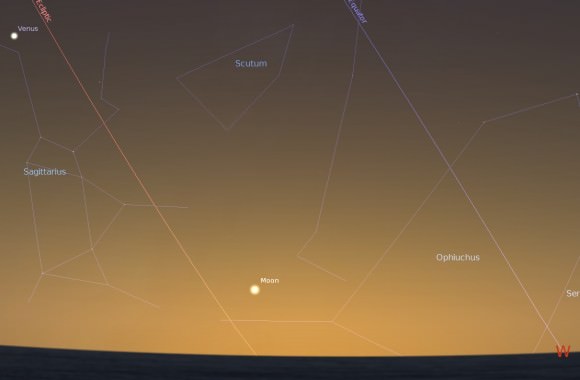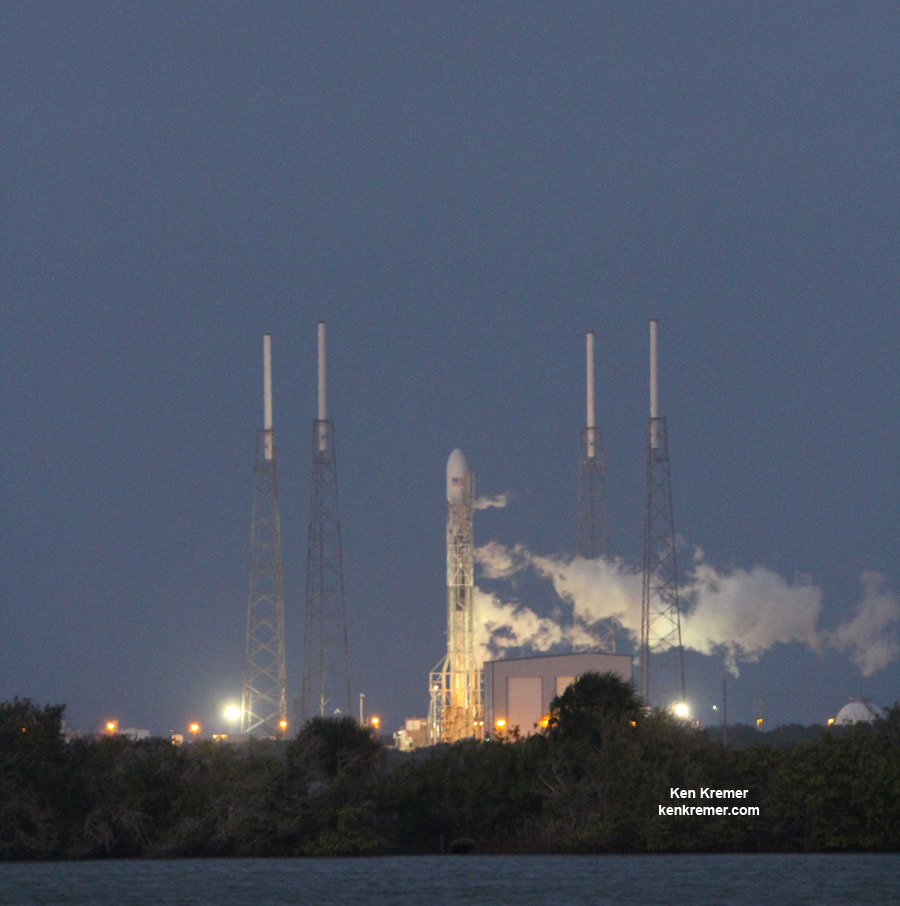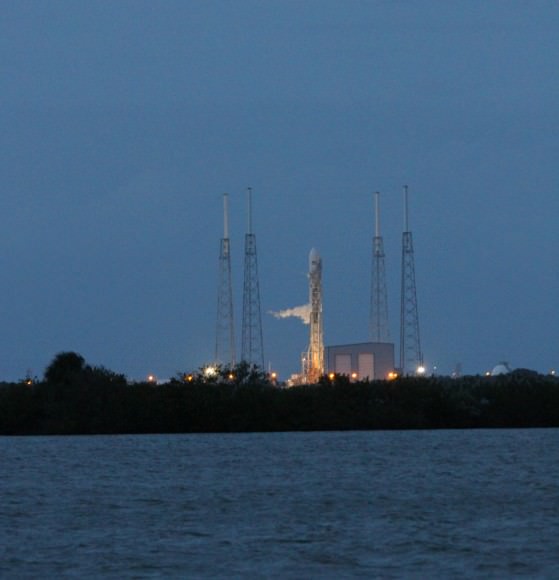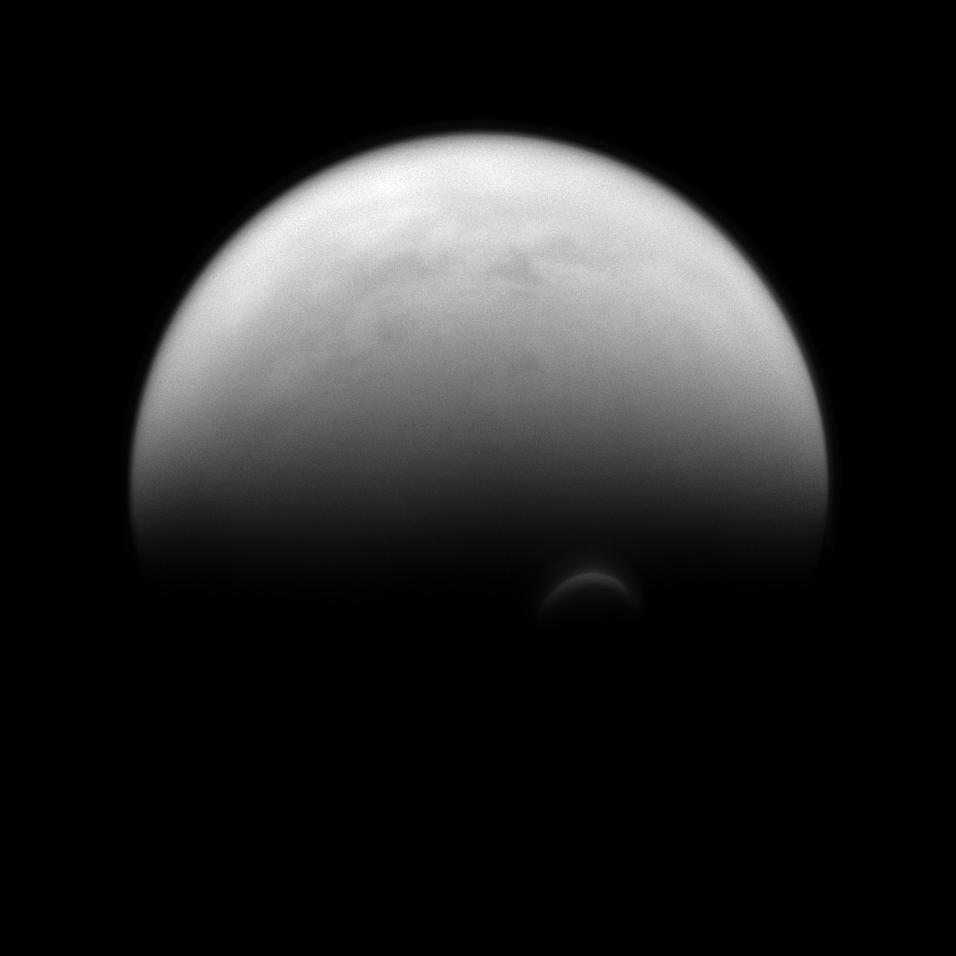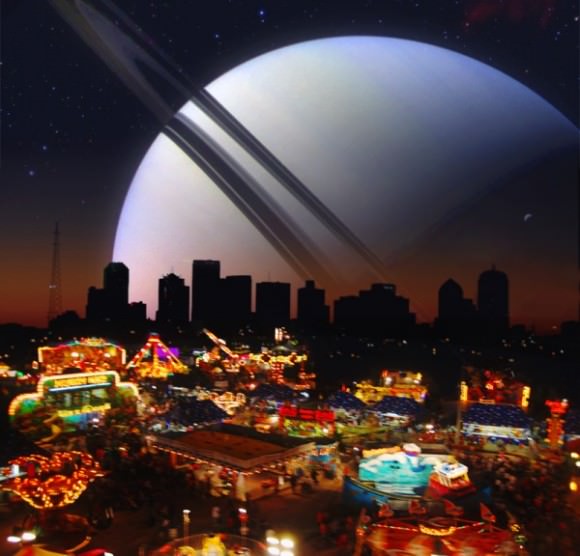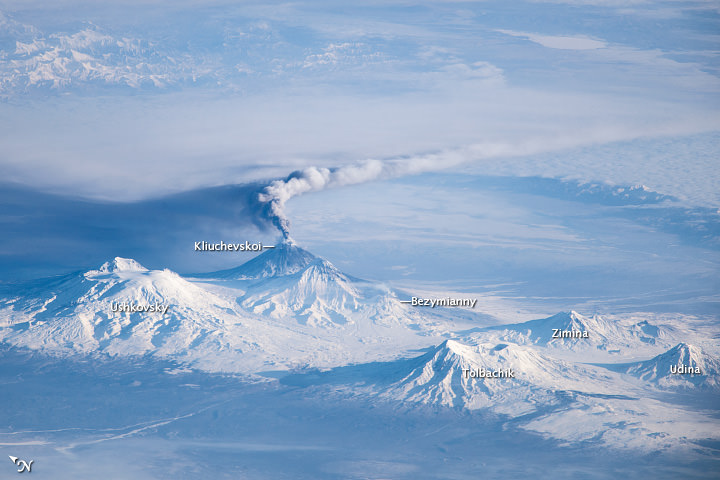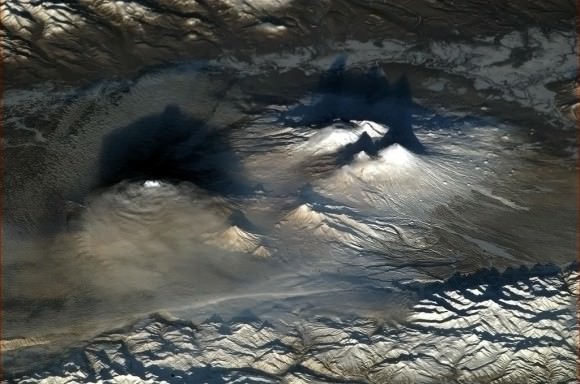We have another book review and giveaway for you! Just in time for the holidays.
Book review by David Dehetre of Universe Today.
Astronomy Photographer of the Year Collection 2 is a large format, glossy book that covers the Royal Observatory at Greenwich’s annual Astrophotography competition. It covers Earth and Space, Our Solar System, Deep Space, Young Astronomy Photographer, People and Space, Best Newcomer, and Robotic Scope from 2009 to 2012. It also includes a brief how-to primer on astrophotography which, while fine, seemed perfunctory and tacked on.
The book is organized by years and category, with nice double page section breaks with clear, detailed info alongside each image; however, within each year, the categories aren’t delineated, either through typographic means, such as headers or section breaks, or through any indication alongside the images themselves. Usually the category was obvious enough, but it was somewhat confusing at times. Each category contains images by the winner, runner-up, and sometimes one or more ‘highly-commended’ entrants. Some categories also had other images without any designation of why they were included. This could be a typographic omission of some sort, or it could be that they were just additional entrants worthy of inclusion.
I was happy to see the consistently high caliber of work that came out of the competition. There isn’t one image in the book that was less than outstanding. I’ve spent many a night far out in the countryside doing astrophotography as a hobby, and I’ve never come up with an image to compare.
I was also happy to see the competition segmented into subject areas as well as the more expected age/experience categories. This seems to acknowledge that there are different metrics and merit for the broad scope of styles/subjects in astrophotography.
One other point worth mentioning is I found many of the astrophotographers presented were people I was already familiar with, some from Flickr, some from You Tube, and some from periodicals like Sky at Night. I knew these people, and not because they produced and continue to produce great images, but because they are some of the people I learned astrophotography from thus illustrating one of the great underlying aspects of astrophotography: that it is collaborative in nature. I find it heartening that the people who share the most, who help others and communicate, seem to be the ones who do the best work and are the most successful.
I’m of two minds about Astronomy Photographer of the Year though. On the one hand, it’s very well done, beautiful, and stunning: really everything a person could ask for in a book on this subject. At the same time, however, it is trying to document something that is bigger and richer than can be captured in a book.
While the images are flawlessly presented, they lack the backlit brilliance provided by a computer screen, and they aren’t zoomable to view fine details. Many astrophotography images are available on-line at resolutions equivalent to wall-size if they were printed out.
There is also the problem of completeness. While the book is cover-to-cover with great images, in large part it is singular images from outstanding photographers who have dozens or hundreds of stunning images on-line. I found myself flipping a few pages at a time, and then being overcome with a desire to go search out a photographer’s other images. This is perhaps an inevitable outcome of the fact that the competition was conducted on-line (via Flickr), so it’s hard to see it as a negative.
All in all, it really is a fantastic book and I love having it on my shelf that I often randomly flip through to find myself getting inspired, but I don’t think I would have searched it out for that purpose, and I’m not sure who the target customer is supposed to be. It seems incomplete and cursory, especially in the technical details, for someone already involved with the hobby and yet it has a price tag and scope that seems inconsistent with an introductory level book. It would make a great addition to a library collection.
One lucky Universe Today reader will win a free copy of this beautiful book. Here is how:
In order to be entered into the giveaway drawing, just put your email address into the box at the bottom of this post (where it says “Enter the Giveaway”) before Tuesday, December 10th, 2013. We’ll send you a confirmation email, so you’ll need to click that to be entered into the drawing.
Don’t want to wait to see if you won? This title is available for purchase on Amazon.com.


